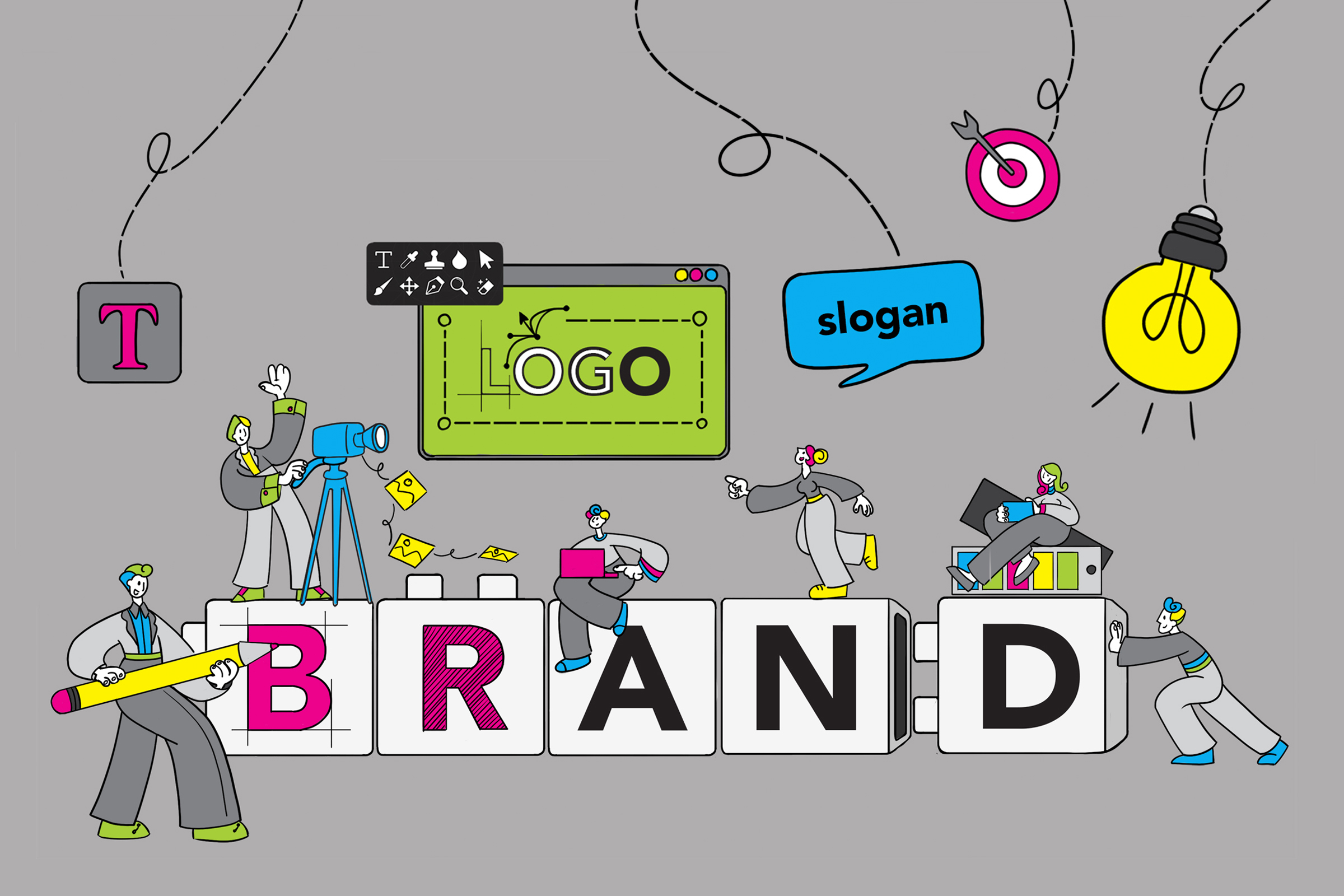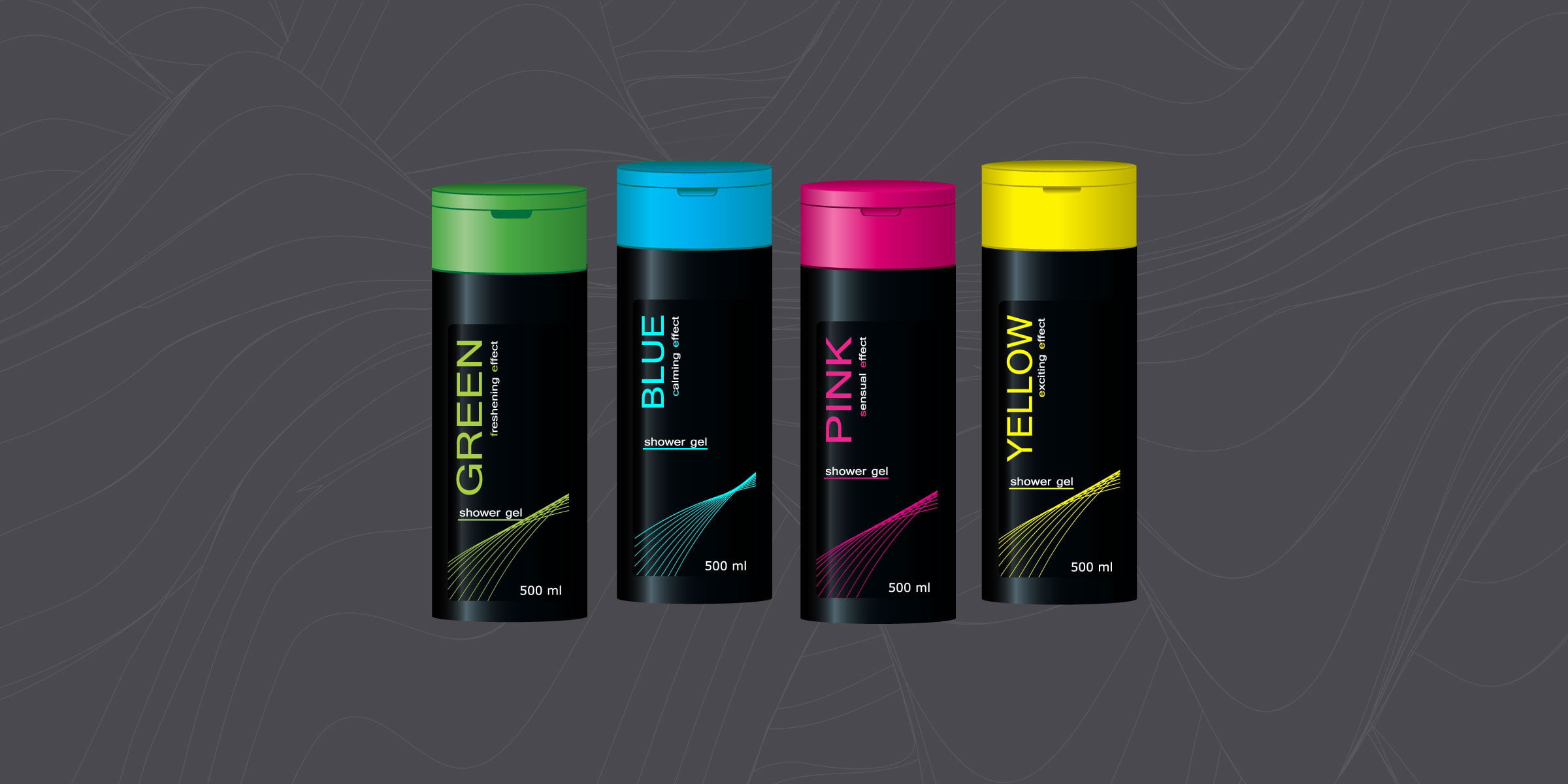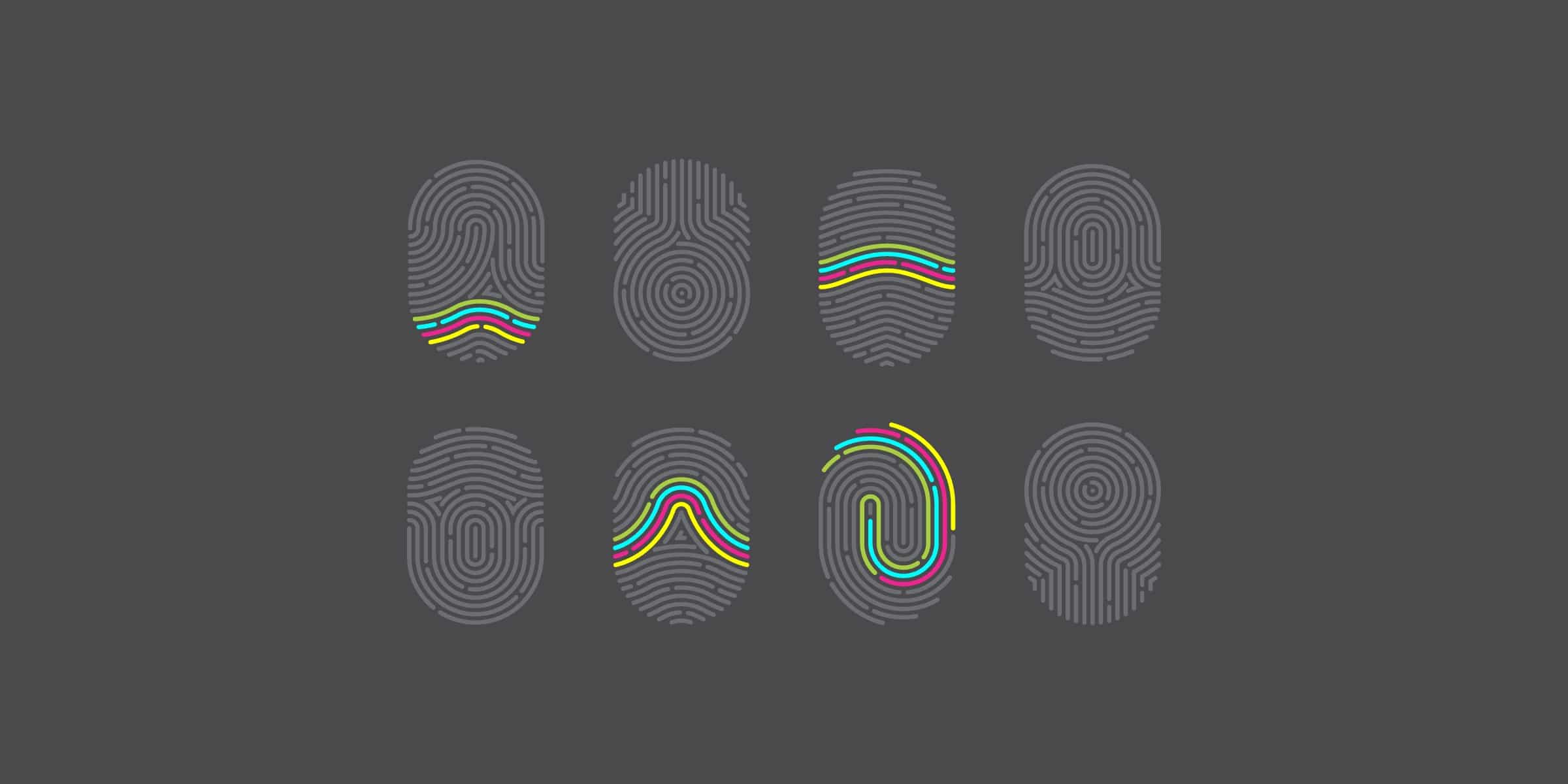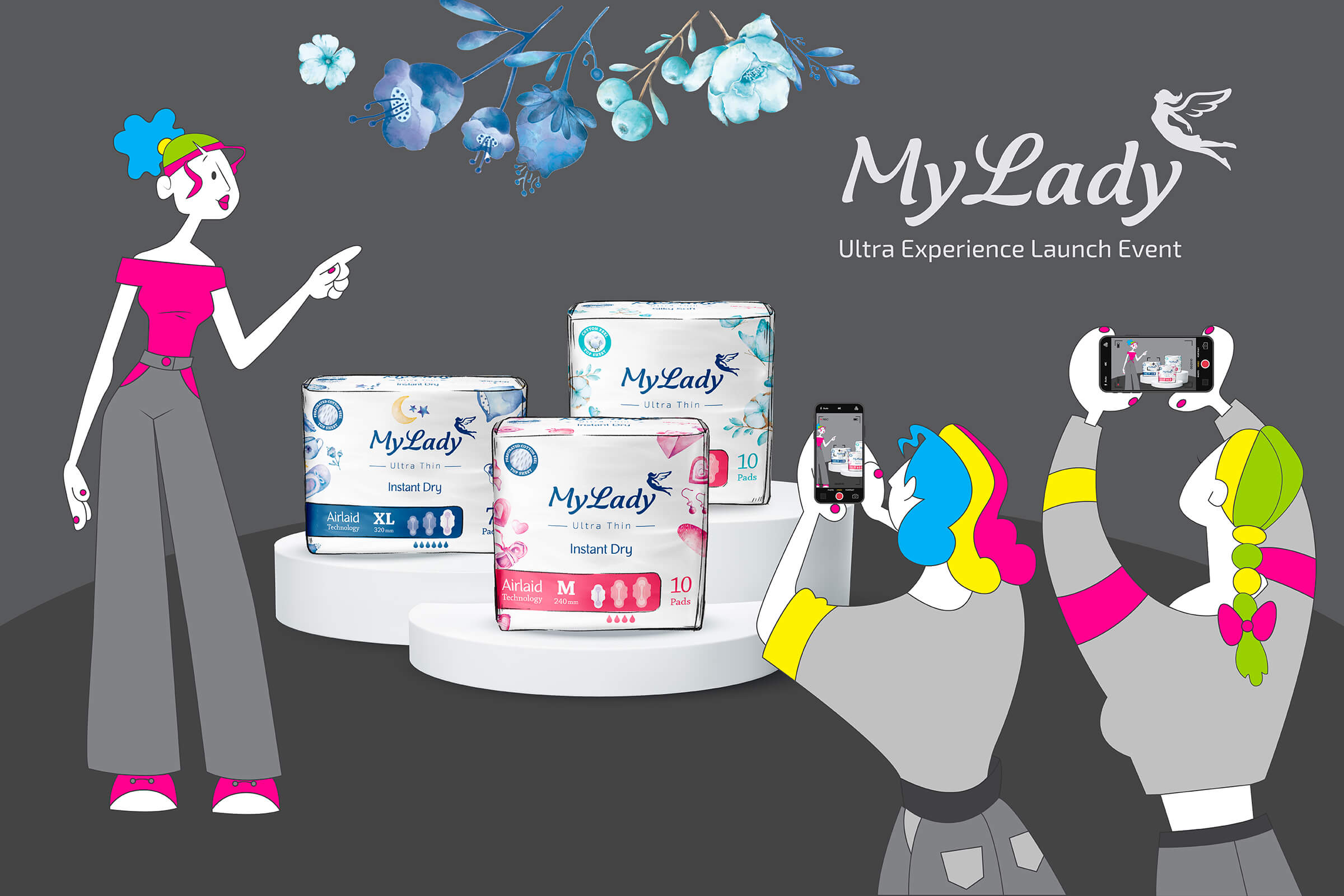To attract customers and win the competition, every company needs strong brand assets; brand assets include designs and marketing elements that convey a specific business identity and are more easily recognizable.
If it’s necessary for better conversion and success, let us walk through the brand assets elements and show you how to leverage their branding elements for business advantages.
What Are Brand Assets?
Brand assets are the main elements of a brand’s identity. They are the features a company uses to represent itself. A strong brand has a clear and straightforward identity and personality. Therefore all the brand assets need to be in one place.
Generally speaking, brand assets are design and marketing elements that convey a business identity and are simply recognized by users. These are used to promote a quick association and used to set a brand apart from its competitors.
All the branded see sets of a business enable an organization to develop a relationship with consumers on the path to fulfilling a goal. The more people see brand assets, the more familiar they will feel with a brand.
Key Brand Assets to Establish
There are some crucial brand assets for a strong brand presence, including:
1. Brand Name
A brand name is an essential brand asset. People use names when referring to a company, organization, product or service.
A good name can last for many years. It can be used in marketing materials, print advertising, social media posts, website pages, emails, and more.
A brand name must be catchy, meaningful and easy to remember. Successful brand names are usually chosen by a name style, for instance, naming it after the founder, using the acronym, or describing what service or product does.
2. Logo
The logo is the visual representation of a brand. Logos can be used on business cards, packaging, signage, and more. A logo is a part of a brand identity, representing what a company stands for and what people should expect. A successful marketing and branding strategy starts with developing a proper logo.
3. Tagline/Slogan
Slogans and brand taglines are short phrases that people associate with a business or brand. When people read or hear them, they instantly know what company the content is related to. Pairing taglines and slogans with logos will help a brand maximize the effect of any marketing and branding efforts and solidify the brand identity in people’s minds. These phrases help people understand a business and choose it over another.
4. Color Pallet
Color magnifies the first impression and appearance of a brand. A business must research the colors that align with the brand identity and the emotions they want to evoke from the target group.
Colors are mostly used for emotional meanings, like red which is associated with passion, or blue symbolizes trustworthiness. Color psychology must be used in marketing to increase conversions. For that, a brand needs to create a color scheme that matches its brand identity and is used in brand visuals.
5. Product Feature
Product features can be another important brand asset. These features are related to the physical attributes of a product or service that set it apart from similar ones in the market. They could include size, color, materials, and more characteristics. Product features help consumers make final buying decisions.
6. Typography
A brand’s typeface and font style is considered another important part of brand assets. They must be artful, timeless and purposeful. A business should select a font that reflects a message or emotion they want to communicate. They also must match the brand identity.
7. Videos, Photographs and Audio
People tend to remember music better than anything else. Using specific and unique music helps brands stick in the customers’ minds. Quality photography has the power to help people differentiate a brand from other competitors. Additionally, videos are another effective way to engage people, evoke certain emotions and direct them to interact with a brand.
The items mentioned above are the main brand assets every brand needs to be considerate of. Moreover, other parts, including customer service, packaging, branding guidelines, mascots, design elements and voice and tones, can be representative of a brand in a great way.
The purpose of brand assets is to define and create a sense of uniqueness that puts a brand in front of other competitors and helps it become the preferred brand. A brand’s value will reflect how successfully the competitive advantages are established.
Why Are Brand Assets Important?
Brand assets are used to increase awareness, improve marketing ROI, and empower the brand identity. Over time these brand assets will become recognizable and bring brands customer trust and loyalty. Here are some of the proven advantages of establishing unique brand assets.
Building Trust
Presenting unified brand assets and offering quality services or products will build customer trust. Building a reliable reputation also increases conversions.
Improve ROI
Consistent branding and marketing assets will create familiarity for people with the brand. It is a fact that people tend to define themselves based on their repeated choices. Consistent brand assets aligned with consumers’ needs will increase ROIs.
Strengthen Brand Identity
Brand identity is built on a foundation of clear branding guidelines. A strong brand guideline should include specific brand assets to create a cohesive brand identity.
Depending on the branding intent, stages of branding and use case, the process of establishing brand assets or renovating them can be excessively time-consuming and daunting. However, consulting with a creative communication agency like Zigma8 branding and advertising agency can help you concretize your visions and build a brand that best serves everyone. We are ready to take your business to the next level. Hit us up for more.










